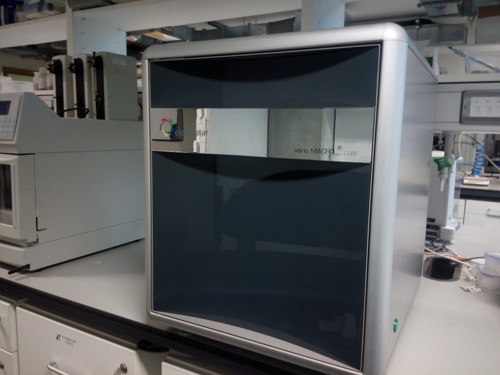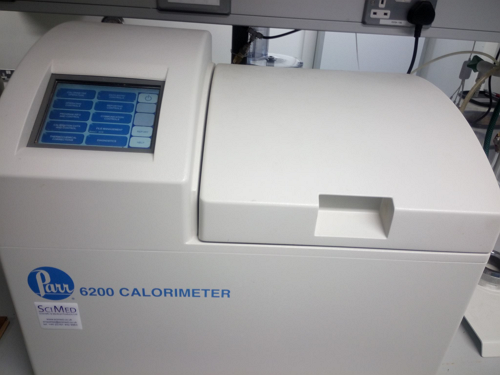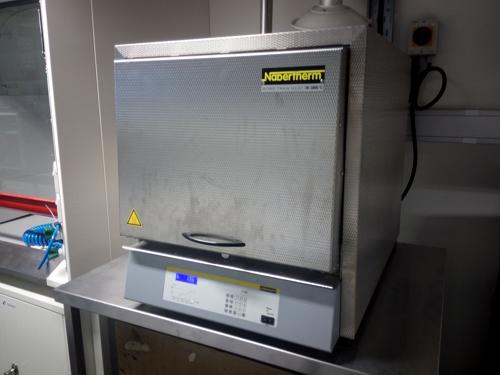Net Calorific Value

The net calorific value (often referred to as the lower heating value (LHV) or lower calorific value) assumes that the water component of a combustion process is in the vapour state at the end of combustion, as opposed to the gross calorific value, which assumes that all of the water in a combustion process is in a liquid state after a combustion process.
The net calorific value is more relevant than the gross calorific value when comparing fuels where condensation of the combustion products is impractical, or heat at a temperature below 150 degrees Celsius cannot be put to use.
We follow the methods outlined in European Standard EN 14918:2009 ("Solid biofuels. Determination of calorific value") to determine the net calorific value (on a dry matter basis) from the gross calorific value, which has been determined experimentally using a Parr 6200 bomb calorimeter. This calculation requires determination of the oxygen, nitrogen, and hydrogen contents of the sample.
We report the net calorific value on a dry-mass basis as well as on an as-received basis and a dry ash-free basis (providing that the ash content and as-received moisture content of the sample have also been determined). We use the calculations outlined in European Standard EN 15296:2011 ("Solid biofuels - Conversion of analytical results from one basis to another") to carry out these conversions.
Click here to place an order for determining Net Calorific Value.
Analysis Packages for Net Calorific Value
The Celignis Analysis Package(s) that determine this constituent are listed below:
P34 Calorific Value and Elements |
|---|
| Gross Calorific Value, Net Calorific Value, Ash, Carbon, Hydrogen, Nitrogen, Sulphur, Oxygen |
P40 Combustion Package |
|---|
| Volatile Matter, Fixed Carbon, Moisture, Ash, Carbon, Hydrogen, Nitrogen, Sulphur, Oxygen, Gross Calorific Value, Net Calorific Value, Chlorine |
Equipment Used for Net Calorific Value Analysis

| Elemental Analyser A Vario MACRO cube elemental analyser is used for the quantification of the Carbon, Hydrogen, Nitrogen, and Sulphur content of samples. |

| Bomb Calorimeter We use a Parr 6200 bomb calorimeter to determine the gross and net calorific value (higher and lower heating value) of samples. |

| Muffle Furnace A Nabertherm furnace is used for the determination of the ash content of samples and also in the analytical protocol for determining Klason lignin content. |
Additional Material
We can determine the Net Calorific Value content of biomass, click here to learn more about our various biomass analysis methods.





